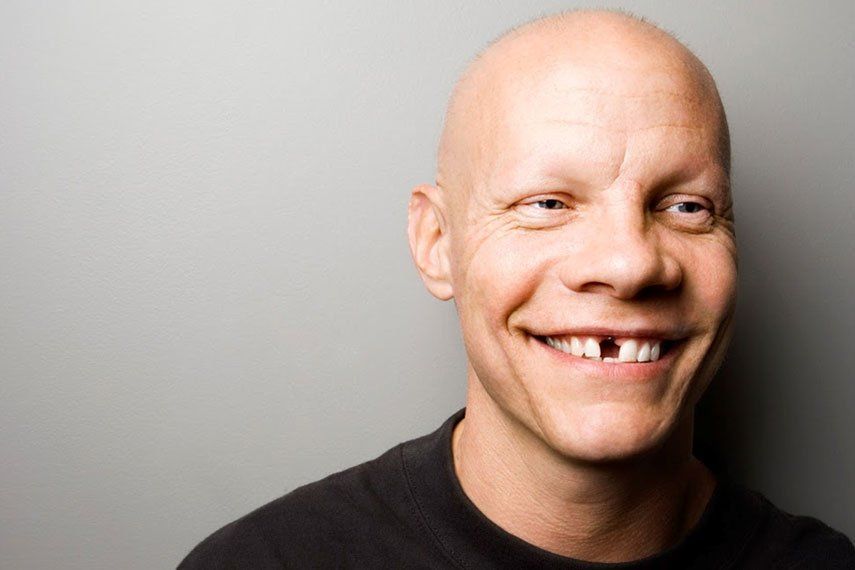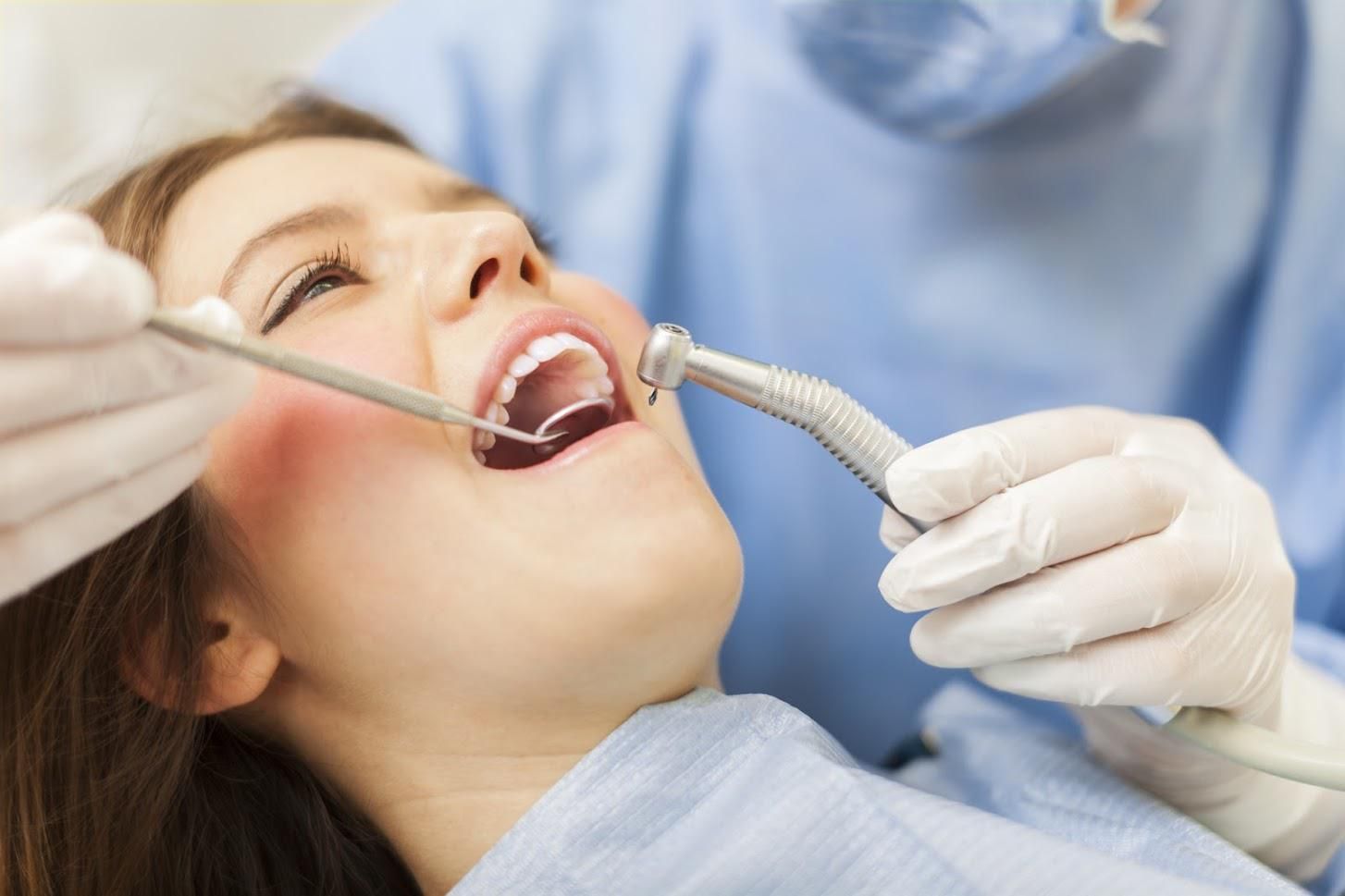6 Cosmetic Dentistry Terms to Know Before Your Smile Makeover

If you are sick of hiding your smile, consider a smile makeover to drastically improve the look and health of your mouth. Before you start schedule appointments, however, you likely have a lot to learn. Check out these six cosmetic dental terms you should know before your smile makeover. 1. Aesthetics Aesthetics only refers to how your smile looks. Certain cosmetic dentistry treatments are solely performed for aesthetic reasons, such as teeth whitening. Teeth whitening procedures do nothing to strengthen your existing teeth; they only make teeth look better. These types of procedures are usually never covered by insurance. Some cosmetic dental procedures make your teeth look better and strengthen them, such as placing a porcelain dental crown on a weakened tooth. It makes your tooth look better and strengthens it, so insurance may cover some of the cost. 2. Crown A dental crown doesn't only refer to a metal, porcelain, or composite resin cap used to strengthen teeth. It also refers to the portion of the teeth that sits above the gumline. So all teeth that have emerged have a crown. In many cases, if the crown is severely damaged from lots of little damage or major breakage, it will need extraction. If the tooth is in the front of the mouth, and the roots are still strong, the dentist may be able to rebuild the tooth with a post and core build-up. A cap will strengthen he tooth after rebuilding it. 3. Prosthesis A dental prosthesis is any dental appliance that hides dental defects. One commonly used prosthesis in restorative and cosmetic dentistry is a dental crown or cap. However, dental veneers are also considered a prosthesis. These only cover the front of your front teeth. They aren't covered by insurance because they don't strengthen teeth like crowns. Another common prosthesis is a dental implant, which can replace a single tooth or support a dental bridge or dentures, which are two other common prosthesis used in cosmetic dentistry. 4. Impression For many cosmetic procedures, you need to have the dentist take an impression. During the procedure, the dentist uses a gooey material to make an impression of your teeth. If you plan to get a dental bridge, crown, or veneer, you may also have to have impressions after the enamel has been removed to fit the prosthesis. These impressions help the dentist ensure the prosthesis fits correctly on the tooth, but they also help ensure the final look is aesthetically pleasing. 5. Lab A lot of cosmetic procedures can be done in one visit, but prosthetic devices usually need crafting in a lab. The dentist sends all necessary information, including your impressions to craft the veneer, crown, or bridge. This, unfortunately, can take time, so you may have to have temporary crowns or veneers while the permanent ones are crafted. Once they are done, the dentist attaches them and ensures your bite is comfortable. 6. Dental Cement Prosthetics like dental crowns and veneers are held in place with dental cement. This hard substance keeps the prosthetic in place even with massive amounts of pressure from chewing. As long as you continue to practice great oral hygiene, the cement should last a long time. Poor hygiene and time, however, can cause the dental cement to break down. When this happens, bacteria can get under the prosthetic, leading to decay, infection, and failure of the prosthesis. Cosmetic dentistry isn't usually covered by insurance, but this dentistry can give you the beautiful and healthy smile you've always wanted. For more information or to start scheduling your procedures, contact us at the dental offices of Jeffrey L. Erwin DDS today.













